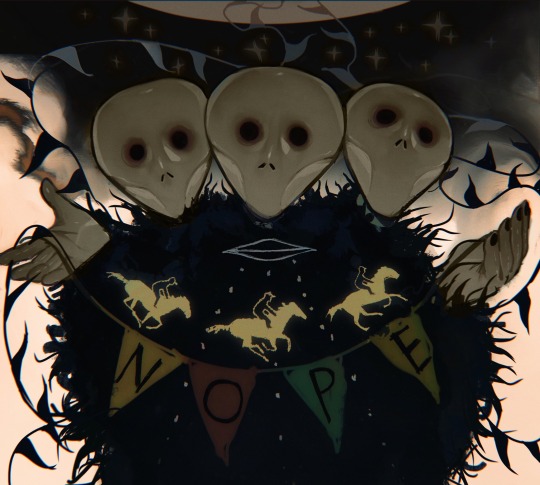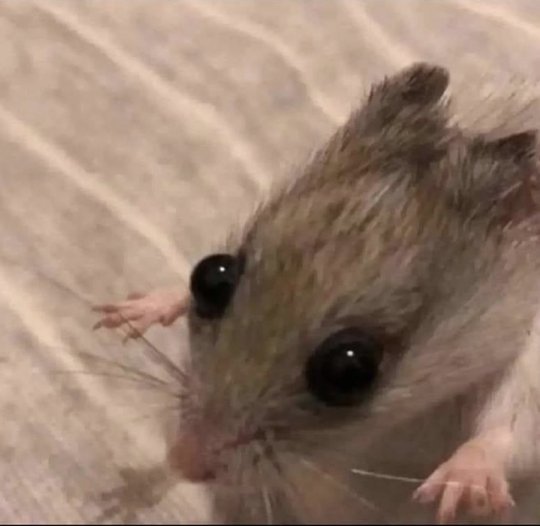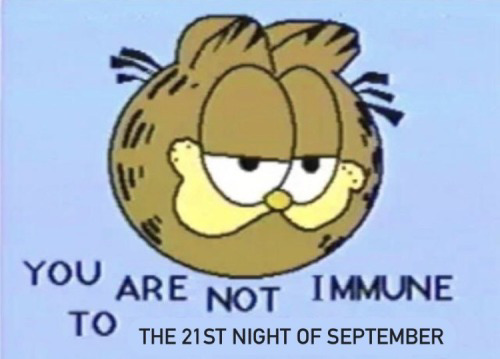Text
have you guys ever heard of desmans

wet mole, baby
11K notes
·
View notes
Text


Throwback to two Fur Bearing Trouts that my mom had made me in the past.
She made me a birthday cake in 2016 and it was almost too cute to eat. But it was delicious.
She made me a mounted Fur Bearing Trout for Christmas in 2016 as well!
Shout out to parents that encourage your hyperfixations and support your interests ��🎉🎉
57 notes
·
View notes
Text
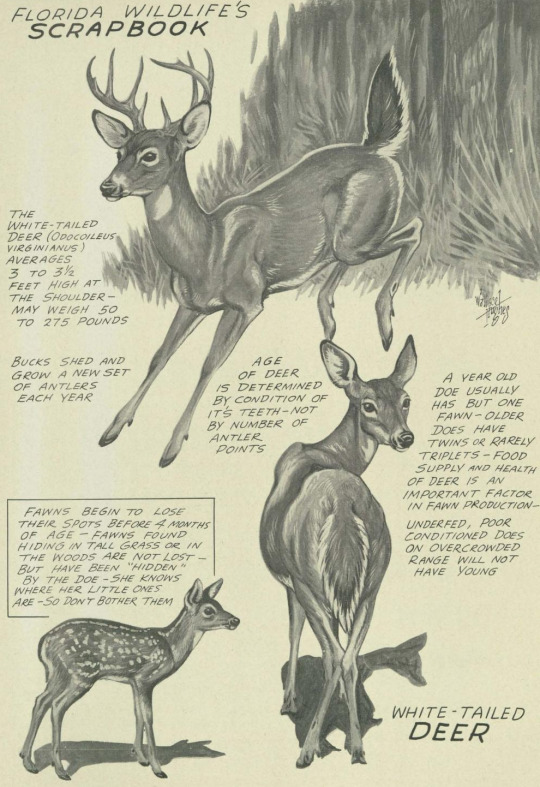
Florida Wildlife; vol. 11, no. 5. October, 1957. Illustration by Wallace Hughes.
Internet Archive
362 notes
·
View notes
Text
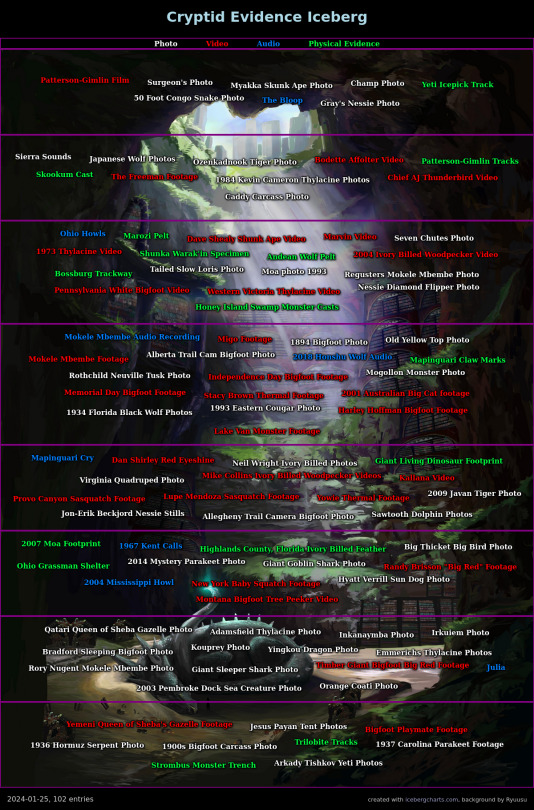
Made an iceberg of cryptid evidence (photos, videos, audio recordings, and physical evidence). Very much a work in progress so suggestions (and of course, questions) are very much welcome!
121 notes
·
View notes
Text
I am completely and utterly normal about rivers, creeks, lakes, forests, ponds, hills, mountains, and other natural landscapes (lying)
31K notes
·
View notes
Text

Anates in le juncos de autumno (1928) | Alexander Koester (1864-1932)
681 notes
·
View notes
Text
“covered in blood” is an ideal state for a girl to be in if you see a girl covered in blood you know she is having a good time
35K notes
·
View notes
Text
Great news for monotreme lovers!!!

The Sir David Attenborough's Long-Beaked Echidna (Zaglossus attenboroughi) has been sighted for the first time since 1961!
Also known as the Cyclops Long-Beaked Echidna, this nocturnal critter was first described by Western scientists in 1961 during the Dutch colonial era of what was then known as Dutch New Guinea. It was only described from a fragmentary preserved specimen (pictured below) and was of course named after the famous naturalist Sir David Attenborough. However, I do want to point out that, as is the case with many newly discovered species, it was known to the native people of this region way before this and was traditionally hunted for both food and for ceremonial peace offerings. However, according to my research since the species was classified as Critically Endangered, the native villagers were very enthusiastic about its conservation and agreed not to hunt them in order to help preserve the species.

Z. attenboroughi is native to the Cyclops Mountain Chain in northern Indonesian New Guinea and feeds mostly on worms, ants, termites, and other invertebrates by using their long beaks to forage through the soil and creating distinct “nose pokes”. For a long time, these “nose pokes” were the only sign scientists had that this species hadn’t gone extinct. The last unconfirmed sighting by locals was in 2005, though some tracks and burrows that were thought to belong to the species were discovered in 2007.
Now, over 60 years after it was initially described, an expedition of scientists from Oxford University to the Cyclops Mountains has resulted in this elusive monotreme being videotaped by a game trail camera.

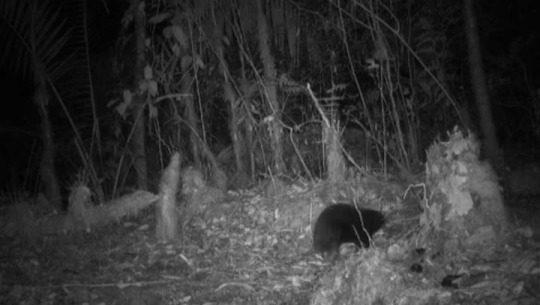
Photo credit: Cyclops Expedition
Attenborough’s Long-Beaked Echidna might somewhat resemble hedgehogs in appearance and behavior, however, they are one of only five species of egg-laying mammals known as monotremes! The other four species are the Short-Beaked Echidna, Western Long-Beaked Echidna, Eastern Long-Beaked Echidna, and the Platypus. The Attenborough’s Long-Beaked Echidna is the smallest species of Echidna and is apparently more closely related to the Short-Beaked Echidna than it is to the other two species of Long-Beakeds. It also possesses a more reddish coloration. All species of monotremes are known for, as I mentioned before, laying eggs instead of giving live birth like placental mammals and marsupials do. Monotremes also lack nipples and instead produce milk for their young out of modified sweat glands like how the early ancestors of all mammals did. Male Platypi/Platypuses (both terms are correct) and Echidnas also have ankle spurs which are highly venomous in the case of the Platypus, but Echidnas seem to have lost their venom and instead use them to help dig. Apparently, they also seasonally secrete a creamy substance their spurs but this, while kinda gross, is harmless.
While the rediscovery of this species is super exciting, we mustn’t forget that Attenborough’s Long-Beaked Echidna is considered Critically Endangered and is still at risk of extinction. Habitat loss and poaching seem to be the biggest threats to this species and many other unique creatures endemic to Oceania.
178 notes
·
View notes
Text

The new illness has been reported in Colorado, Washington, Oregon, and Florida.
source 1
source 2
source 3
Thanks to @nariscryptozoology for bringing this to my attention.
234 notes
·
View notes
Text
A MOUSE BAR DURING PROHIBITION WOULD BE CALLED A SQUEAKEASY!!!
42K notes
·
View notes

